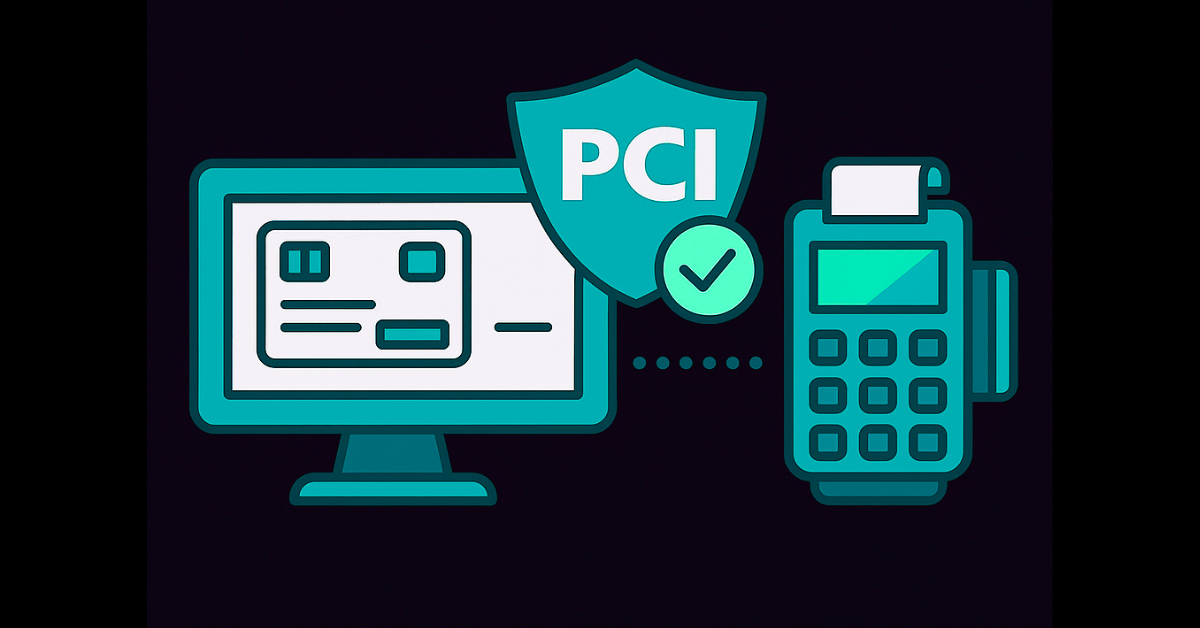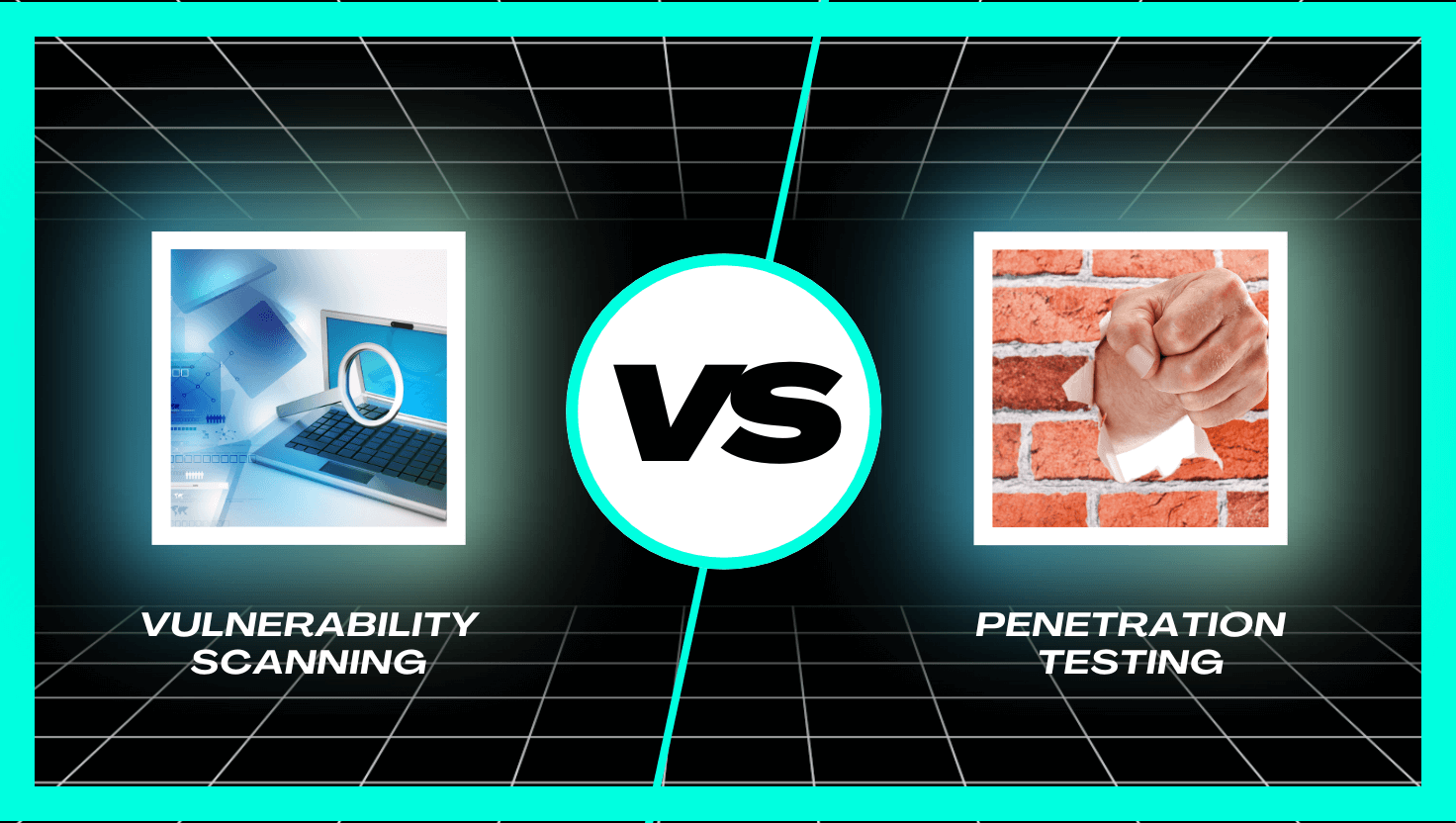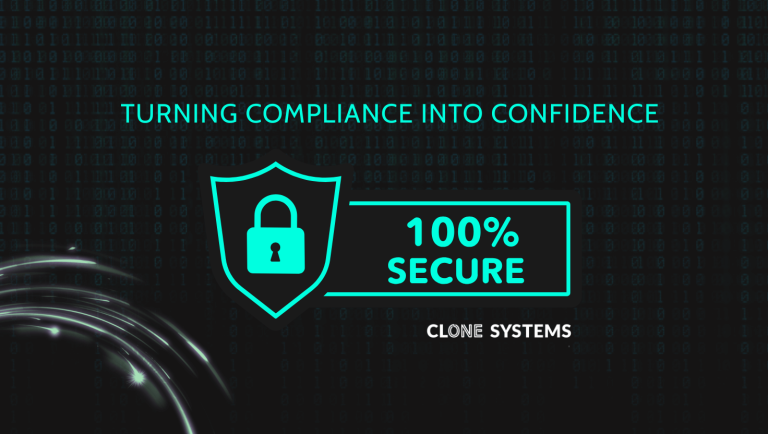Segment Smarter, Not Harder: A PCI DSS 4.0 Roadmap

For many merchants, network segmentation testing may sound technical or overwhelming, but it’s one of the most powerful tools you can use to simplify compliance with PCI DSS 4.0. If you’re new to segmentation testing, this guide will help you understand what it is, why it’s essential, and how you can implement and test it effectively.
What Is Network Segmentation Testing?
Think of your network as a bustling highway system. Without segmentation testing, all traffic—whether it’s sensitive cardholder data or routine operations—flows together in one giant freeway. Segmentation testing ensures that sensitive data stays in its own protected lane and that controls isolating it from the rest of the network are effective.
By testing your segmentation, you confirm that your network effectively limits access to sensitive cardholder data (CHD), reduces compliance scope, and strengthens your security posture.
Why Segmentation Testing Matters for PCI DSS 4.0
Under PCI DSS 4.0, segmentation testing is not just a recommendation; it’s a game-changer for merchants who want to stay compliant. Here’s why it’s so critical:
- Protects Cardholder Data (CHD): Segmentation testing confirms that CHD is isolated from non-sensitive data, creating an extra layer of defense.
- Limits the Scope of Compliance: By testing segmentation, you ensure fewer systems fall under PCI requirements, reducing costs and complexity.
- Minimizes Breach Impact: Testing segmentation ensures that controls prevent hackers from accessing CHD even if another part of your network is compromised.
- Meets Regulatory Expectations: PCI DSS 4.0 requires that segmentation testing is performed regularly to verify that controls remain effective.
Segmentation Testing 101: How to Get Started
If you’re conducting segmentation testing for the first time, here’s a simple roadmap:
Step 1: Identify Your Cardholder Data Environment (CDE)
The CDE includes any system that stores, processes, or transmits CHD. Start by mapping your network to pinpoint where CHD resides. Use tools like network diagrams and flowcharts to visualize connections. Segmentation testing will focus on validating the isolation of these areas.
Step 2: Isolate Your CDE
Implement segmentation controls, such as firewalls or VLANs, to separate the CDE from other parts of your network. Segmentation testing ensures these controls are effective and prevent unauthorized access.
Step 3: Limit Access
Restrict access to the CDE for only those who need it. Segmentation testing validates these restrictions and confirms no unauthorized traffic flows into the CDE.
Step 4: Conduct Regular Segmentation Testing
PCI DSS 4.0 mandates annual segmentation testing and additional tests after significant network changes. Testing should confirm:
- CHD is fully isolated.
- Traffic between the CDE and other systems is limited to approved, secured pathways.
- Segmentation controls can withstand penetration attempts.
Changes Coming with PCI DSS 4.0 (March 2025)
The March 2025 implementation deadline introduces new requirements for segmentation testing, especially for merchants conducting it for the first time:
- More Detailed Testing Requirements:
- Segmentation testing must verify that no unauthorized traffic flows between the CDE and other parts of the network.
- Testing methodologies must document every step, tool, and result.
- Automation Encouraged:
- Automated tools for segmentation testing are highly recommended to identify misconfigurations in real time.
- Penetration Testing Expanded:
- Segmentation testing now includes penetration tests that simulate attempts to bypass controls, ensuring they hold up against real-world threats.
- Customized Approaches Allowed:
- Merchants can use a customized approach to segmentation testing if it achieves the same level of security as traditional methods and is well-documented.
Best Practices for First-Time Segmenters
- Keep It Simple: If you’re a small merchant, start with basic segmentation testing tools like firewalls and access control lists (ACLs) to verify isolation.
- Ask for Help: Work with a Qualified Security Assessor (QSA) or trusted IT provider who understands PCI DSS and can assist with segmentation testing.
- Use Clear Documentation: Maintain updated network diagrams and records of segmentation testing activities. This documentation is crucial during audits.
- Start Small and Scale: Test segmentation on a smaller network before rolling it out to your entire organization. This allows you to identify and resolve issues early.
Why Segmentation Testing Matters Now
With PCI DSS 4.0, segmentation testing isn’t just about checking a box—it’s about keeping your customers’ payment data safe and building trust. By validating your segmentation controls and conducting regular testing, you can reduce compliance headaches and protect your business from costly breaches.
If you’ve never performed segmentation testing before, now is the time to act. By March 2025, these new standards will be mandatory, and the sooner you get started, the easier it will be to stay ahead.






